If the Messiah Arrives Tomorrow, Where Will We Find Kosher Lambs for the Passover Sacrifice?
The 'Torat HaKorbanot' Institute, dedicated to studying the laws of the Temple service, has found an original way to express anticipation of redemption and teach the laws of the Passover sacrifice to the public.
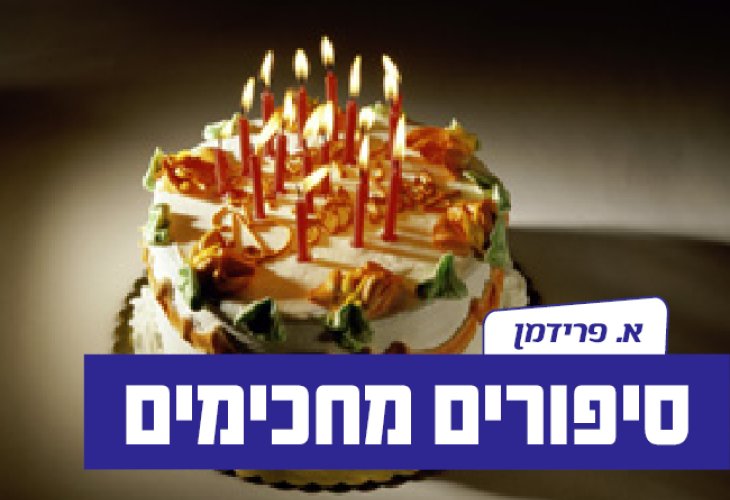
Would you like to buy a lamb for the Passover sacrifice, just in case we merit and the Temple is rebuilt this Passover eve?
Before you get excited about the idea, pause for a moment. In fact, you are simply not allowed to buy a lamb for the Passover sacrifice. If you buy a lamb for this purpose, it becomes consecrated, and you are prohibited from making any use of sacred items. If Passover passes and the Messiah has not arrived, anyone leaning on the lamb or pulling out a single thread of its wool commits a severe violation. In short, anyone who buys a lamb today and proclaims, 'This lamb is for the Passover sacrifice,' is committing the transgression of 'Do not put a stumbling block before the blind.'
Nevertheless, there is a halachically permitted way today to express our anticipation of redemption and prepare ourselves for the Passover sacrifice during the upcoming holiday. This method was initiated by the 'Torat HaKorbanot' Institute.
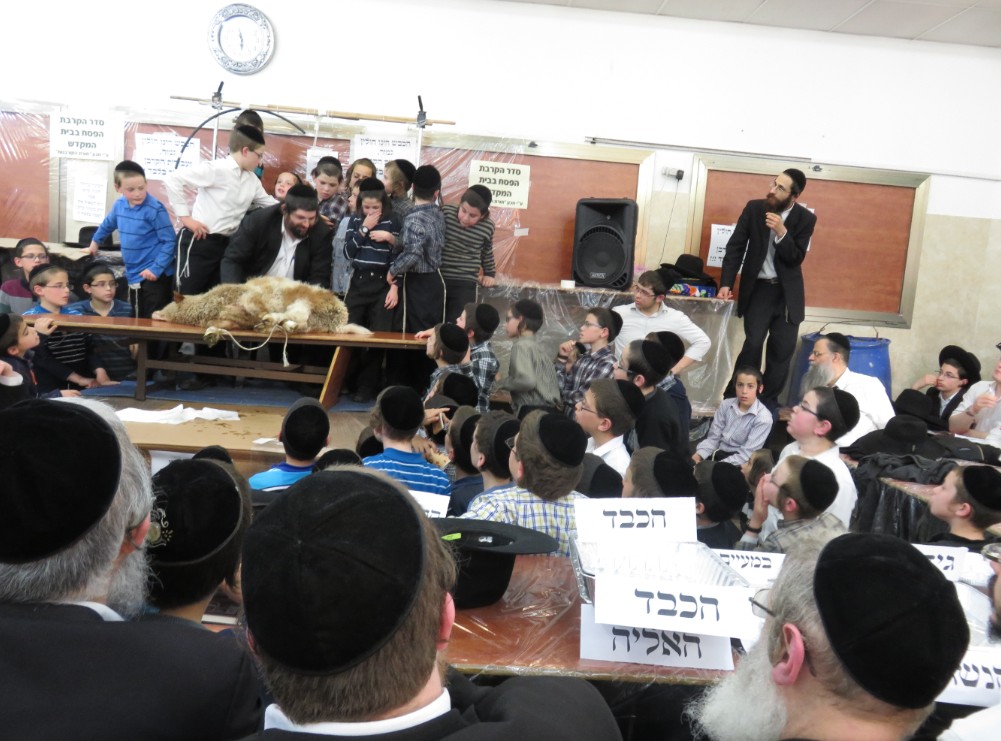
"The 'Torat HaKorbanot' Institute was established seven years ago," says Rabbi Avraham Kagan, a senior member of the institute. "The catalyst for its founding was the writings of the Chafetz Chaim, where he emphasizes how important it is for the Jewish people to prepare for the coming of the redemption. Just as a bride prepares for her wedding, so says the Chafetz Chaim, it is unthinkable to wait idly for the approaching redemption without making preparations for the new life we will merit. If, as one opinion holds, the Temple descends from the heavens already built, as the verse says, 'Suddenly the master whom you seek will come to His Temple,' there is a worry that, heaven forbid, we might have to wait several months to resume the Temple service because we won’t know the related laws and regulations."
Throughout the long exile, naturally, Torah scholars focused on the laws relevant to the period without the Temple. But what will happen when the Temple is built, with Hashem’s help, soon? The laws associated with the Temple service, Rabbi Kagan explains, are vast and extensive, and cannot be mastered overnight.
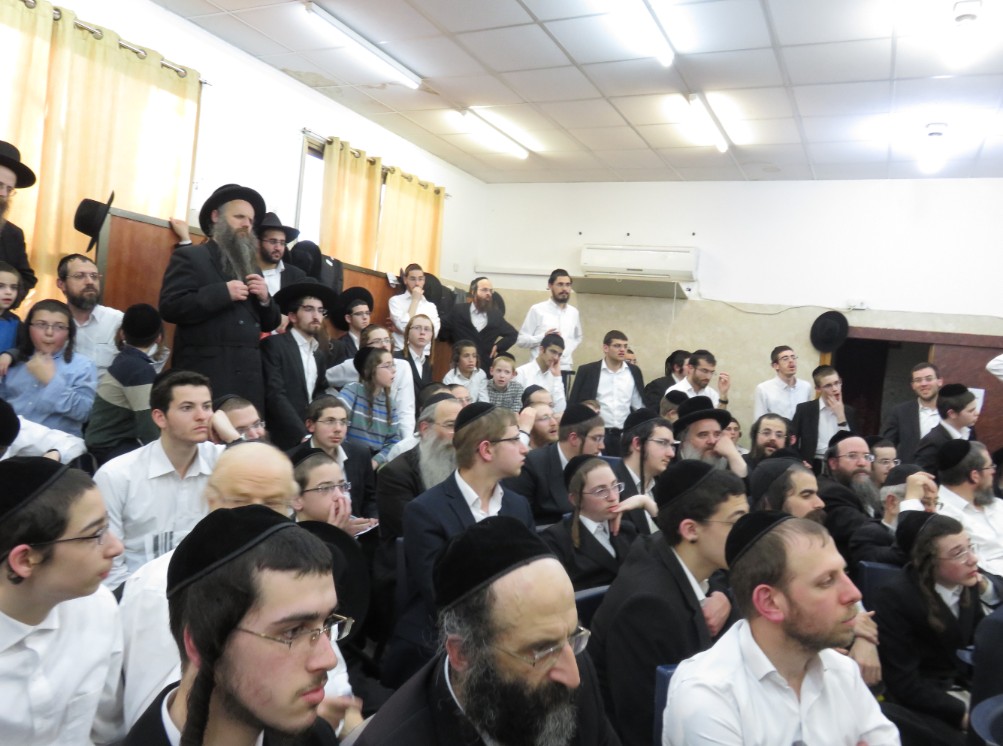
"To meet this need, the institute was established, focusing on the study of Temple service laws. Most institutes focused on the Temple study external aspects: the vessels, the garments. We concentrate on what will happen after the Temple and its vessels are in place. Without priests who know how to serve, there will be no Temple service. There are also services that every Jew needs to know – like skinning the animal and removing the offerings."
The institute began as an evening program, later became a Friday program, and now already includes several half-day programs and interim yeshiva sessions. Some members of the institute have also authored books on laws related to the Temple service: such as the Paschal sacrifice laws and the Yom Kippur High Priest's service laws. The institute also publishes brochures, bulletins, and discs that teach the Temple service laws in a clear and accessible way. In addition to theoretical learning, says Rabbi Kagan, at the end of each topic, a practical exercise is conducted where learners practice tasks like sprinkling blood and identifying the parts for burning. "Everything is for the sake of refining our understanding of the halachic details as precisely as possible."
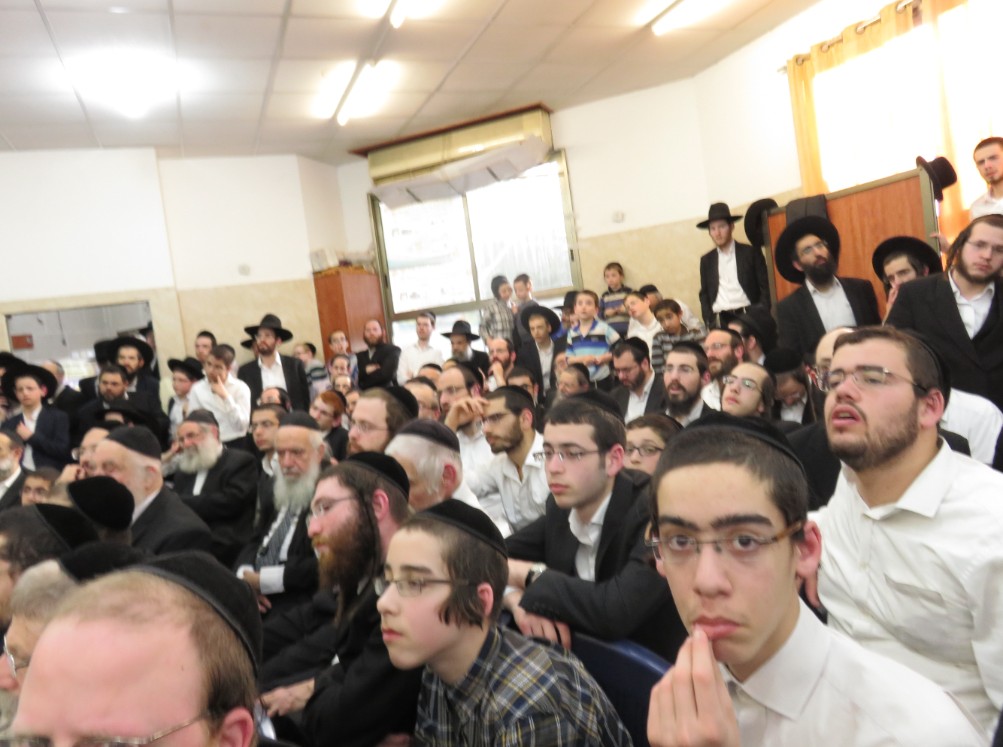
It turns out that mastering all the laws of the Temple service is a lengthy and complex process. "We've been studying for seven years, and so far, we've only summarized about twenty percent of all the laws concerning the Temple service," Rabbi Kagan clarifies the enormity of the subject. "And needless to say, all the activities are funded solely by private donations, as the institute does not receive support from any official entity."
The idea of organizing and searching for kosher lambs for the Passover sacrifice dawned upon the institute's members last year. "It occurred to us that if redemption comes on Passover eve, we'll need lambs from heaven to offer the Passover sacrifice... The vast majority of lambs in the country are considered blemished since a hole is pierced in their ear. And since we know we cannot rely on a miracle and heavenly lambs, we decided to organize in advance with a kosher lamb for the sacrifice. We traveled to a village where a precious Jew, who ensures the lambs born have unpierced ears, lives, and we purchased a lamb from him. Four days before Passover eve, following the commandment, we inspected the lamb with scholars specializing in animal blemishes, which is a highly complex matter – one Amora is said in the Gemara to have devoted 18 months to its study. Importantly, we were careful not to designate the lamb for the Passover sacrifice, which would have sanctified it and created possible serious prohibitions. We merely agreed that if the Temple is built this year, this lamb will serve us for the Passover sacrifice."
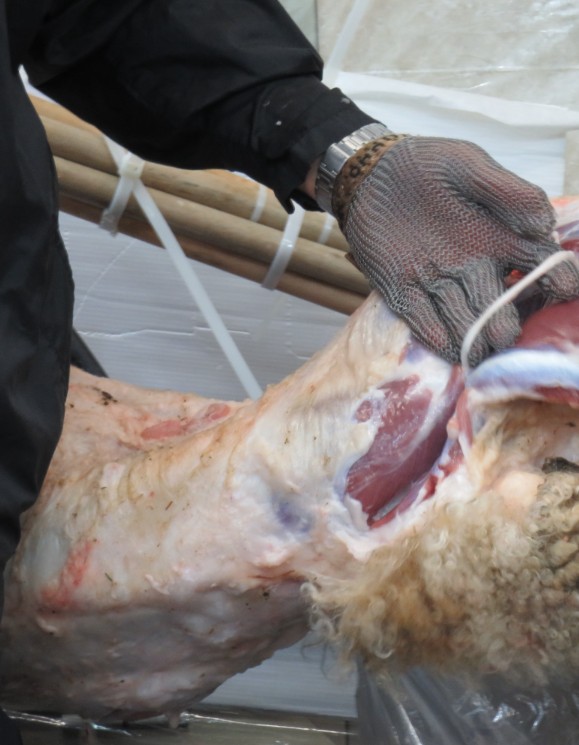
The Passover sacrifice project last year, says Rabbi Kagan, was an organization among the institute’s members and their families. However, this year, they decided to open it to the public. "We approached Rabbi Chaim Kanievsky who was very pleased with the idea and even purchased an olive-sized portion from our lamb. We found a venue in the Old City where, with Hashem’s help, we will eat the sacrifice if the Temple is built. We even hired expert slaughterers who assured us that if the Temple comes, they will slaughter our lamb and prepare it for the offering." Meanwhile, brochures were distributed calling those interested to contact and purchase an olive-sized portion from the lamb suitable for a sacrifice. "This is not a halakha and not an added stringency," Rabbi Kagan emphasizes. "It's simply an expression of yearning for redemption."
Last Tuesday, the institute held a special event as part of efforts to instill the public with the laws concerning the Passover sacrifice.
"First, we gave a lesson on all the blemishes that could invalidate a sacrifice. Then, a slaughtered lamb demonstrated how all the works in the Passover sacrifice are done: how the skin is stripped, how the blood is received, and how the parts are removed for burning on the altar."
It's not the lamb that, should the Messiah arrive, would be used for the Passover sacrifice, of course?
"No, no. That lamb is marked and stored in its pen. This was a lamb someone bought to eat during Passover."
Incidentally, since the slaughtered lamb was mundane, like all the animals we slaughter today, the institute also organized a mitzvah of giving gifts to the priesthood ceremony, where the shoulder, cheeks, and stomach of the lamb were given to a qualified priest, Rabbi Yosef Rapoport, head of a Kollel in Bnei Brak. (Note to readers: Giving gifts to the priesthood applies even when the Temple is in ruins. Kashrut organizations have different arrangements with non-Jews or priests holding ownership over parts of the animal, and thus are not obligated to give the shoulder, cheeks, and stomach. However, anyone purchasing a whole lamb is obligated to give the shoulder, cheeks, and stomach to a priest.)

